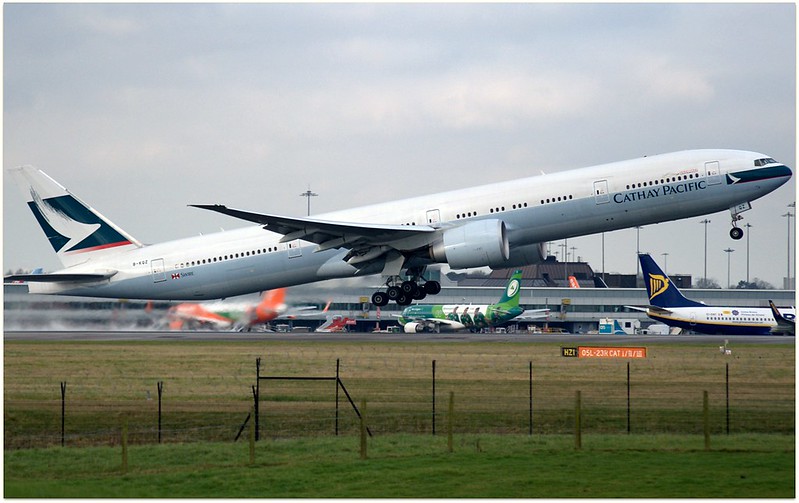On 31st March, 2020, a Cathay Pacific Boeing 777-300/ER, Registration B-KQM was cleared for an Instrument Landing System (ILS) approach on runway 07L, whilst operating flight CX252 from London to Hong Kong.
An incident report, published in the Aviation Herald, indicated that the aircraft was cleared for the ILS approach and had intercepted the appropriate localizer, but as it drew closer to the threshold it deviated, appearing to cross over to 07R.

As the aircraft descended through approximately 850 feet, it began to turn right; subsequently deviating off the correct runway 07L centre line and initiated a critical go-around, at a mere 750 feet.
The aircraft quickly executed a climb, holding a heading of 090 degrees, instead of holding the correct 071 degrees required for runway 07L at Hong Kong.
The Boeing 777 crossed the threshold of the departure runway 07R at about 2000 feet; it then turned left to a heading of about 059 degrees and climbed to 5000 feet, before being subsequently instructed to climb to 6000 feet.

The Hong Kong Civil Aviation Department’s ATC report states that upon query, by air traffic control, the flight crew of CX252 reported the reason for their go-around was an ‘unstable approach’.
The crew subsequently reported that they were ready for a second approach into Chap Lap Kok Airport, they were later vectored in for a second ILS approach to runway 07L, which concluded in a safe landing on runway 07L, approximately 20 minutes after the go-around.

A ‘Stable Approach’ is defined internationally by the following factors:
- Attitude (aircraft’s nose pitch)
- Altitude
- Flightpath trajectory
- Airspeed
- Rate of descent
- Engine thrust
- Aircraft configuration
If one or more of these crucial parameters is incorrect, the approach is considered ‘Unstable’.




